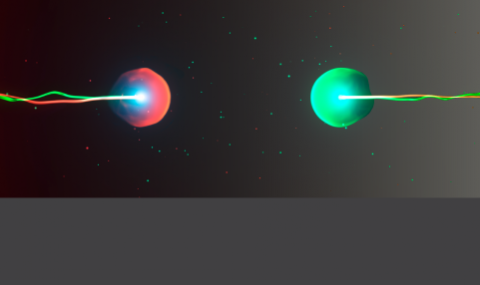Strong field QED and search for BSM physics with LUXE
What happens in very strong fields? Around the Schwinger limit, the quantum vacuum materialises as virtual photons break into electron-positron pairs. This phenomena appears in a variety of extreme-conditions physics disciplines in nature. In LUXE, similar conditions will be created in a controlled experiment for the first time by colliding high-energy electrons and high-intensity laser pulses.






